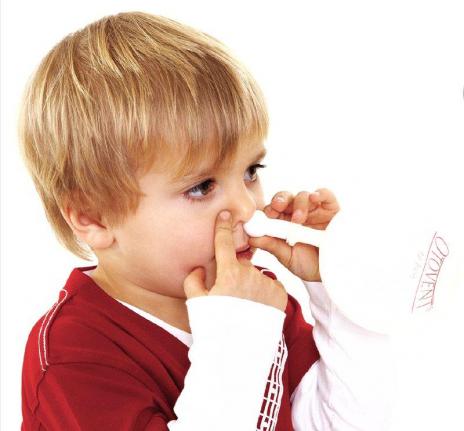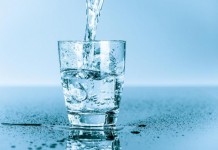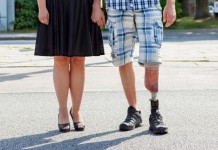
Nasal Balloon Can Help “Glue Ear” In Children

SOUTHAMPTON, England, July 28 (UPI) — Researchers have found that children inflating a nasal balloon helps fluid drain from the ear canal, easing a condition called otitis media with effusion, or “glue ear,” that can cause hearing loss if not corrected.
Most drug treatments — antibiotics, antihistamines, decongestants and intranasal steroids — are ineffective and come with side effects, making their use potentially harmful. Tubes can also be inserted into children’s ear canals to help drain fluid, however they are not always effective in solving the issue and not all children are good candidates for the surgery.
Children in a study published by the Canadian Medical Association Journal inflated a nasal balloon with each nostril, sending air into the middle ear, which returns pressure in the ear to normal and clears the fluid.
“Autoinflation is a simple, low-cost procedure that can be taught to young children in a primary care setting with a reasonable expectation of compliance,” said Dr. Ian Williamson, a researcher at the University of Southampton, in a press release. “We have found use of autoinflation in young, school-aged children with otitis media with effusion to be feasible, safe and effective in clearing effusions, and in improving important ear symptoms, concerns and related quality of life over a three-month watch-and-wait period.”

Researchers worked with 320 children between the ages of 4 and 11 years old, all of whom had fluid buildup in one or both ears. The children were split into two groups, one that was treated three times a day for 1 to 3 months with a nasal balloon and the other using standard care. After 1 month, 47.3 percent of children treated with the balloon showed improvement, compared to 35.6 percent with standard care, and after 3 months 49.6 percent with the balloon showed improvement compared to 38.3 percent of those receiving standard care.
Because of the increased success of the nasal balloon over drug treatments, researchers recommended further study with larger groups to further test the effectiveness of the treatment.
In a commentary published by the Canadian Medical Association Journal with the study, researchers at Bond University hailed the availability of a second non-drug option beyond surgery, which they said does not always work well.
Like Us on Facebook for more stories from GephardtDaily.com





